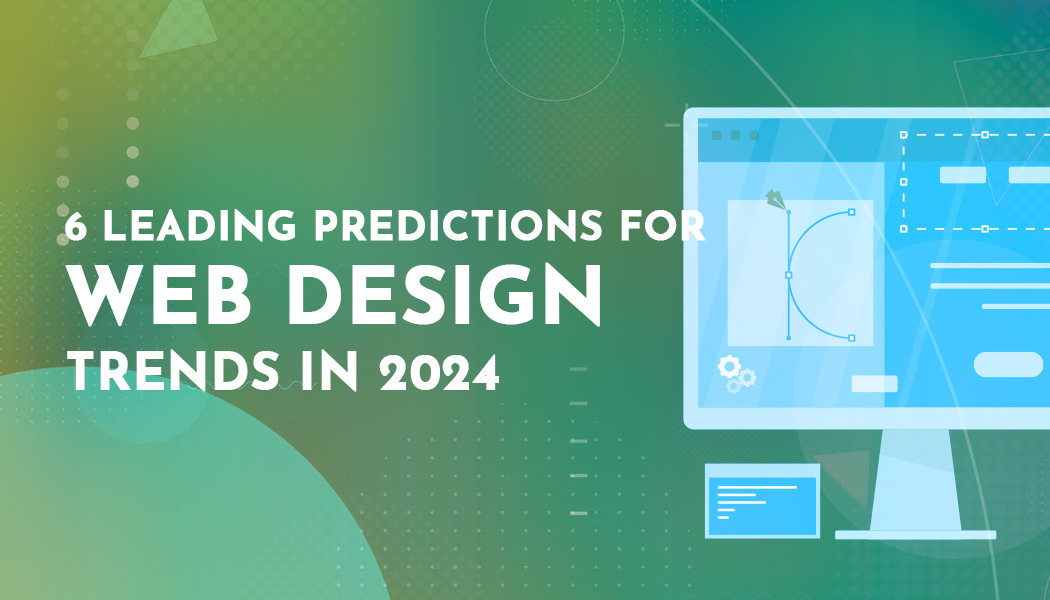UX Microcopy – High-quality User Writing for Enhanced User Engagement
Summary
UX design is an integral part of any project and the one novel advancement in this arena is Microcopy – the designing of the smaller and smarter elements on the portal. This article explains in detail what Microcopy is, its key advantages, features, comparison to UX design and certain guidelines to set it right.
“Small is Beautiful”
“Short and Sweet”
“Good things come in small packages”
Haven’t we heard of and experienced these quotes, many a times in our daily lives.
Little do we realize how important this is, while designing any software product – be it a website, mobile app, web app etc. The language and the way we talk to our user defines the way the user talks with our solution. And, hence, having a simple, smart and secure language representation is highly essential for a successful solution.
As UX designers, our entire focus lies on paying attention to interaction and design, but there is much more to it – how to make it simple to use and understand, engaging, fast and more useful? UX writing is an important part of the entire design procedure that plays a vital role in enhancing user engagement and experience.
And a powerful route to UX writing is Microcopy.
What is Microcopy?
Microcopy as in Kinneret Yifrah’s book about microcopy is
“The words or phrases in the user interface which are directly related to the actions a user takes: the motivation before the action, instructions that accompany the action, and the feedback after the user has taken the action”.
Microcopy is the tiny information or instructional text executing on different media like forms, button labels, error messages, tips, popups etc. It acts as an instant helping hand and a guide to users, in small ways, while the users are surfing the portals.
It is a highly contextual text that is utilized for user interface, in the form of a tiny message, direction or a call to action. Hence, it facilitates the user to have an augmented design interaction without any turmoil in the user experience.
These small snippets of text are the user’s best guides to different processes involved. They form the foundation stone to offering quality service to users, building long term relationship and strengthening loyalty branding.
Key Benefits of Microcopy in UX Design
Increased Branding and Loyalty
Since the entire design is based on user insight, analysis of the brand plan, contact management, the result is indeed worthy. With Microcopy taking on the voice and tone of the brand, users are bound to feel the connect, as if this solution is especially made with their thought process in mind. Customer branding gets a boost and so does business profitability. It increases the user conversion ratio from mere visitors to actual clients, minimizing the doubts and fears lying with them.
Offering a Positive User Experience and Engagement
After all, the user is the one for whom the entire gamut of UI / UX design is being executed. Microcopy helps in lessening the gap between the man and the machine. It offers a realistic feel to the users that the entire UX design has been given a prior thought, before the actual user plunged in. This leads to a direct increased in the level of user confidence in the product.
Augmented Usage
Tiny in size, small in words but big and effective in results – Microcopy meaningfully enhances the usage of the entire UX design, with frictionless interaction between the solution and users. The entire process becomes smooth, rewarding and secure.
Needful User Directions to Make Them Happy
Microcopy design works aptly to guide and inform users of what probable steps should be taken by them, next. Though it is a tough task, these small snippets try their best to help users garner the optimum path and get a big smile on their faces. It also helps in explaining possible errors that can be encountered on the way, so that the user is well prepared and on track.
Visual Fit to the UX Design
Microcopy fits in visually into the main design and hence feels like an inseparable and integral part of the main design. For this to happen, there must be a detailed thought process implemented that well ahead of time, puts the entire Microcopy design in place. If done precisely, it becomes a perfect fit to the latest design format.
What Can Be Called A Poor Microcopy Design?
The entire project can lead to a havoc if the design of the Microcopy isn’t up to the mark or is missing totally. The Microcopy is said to be poorly designed if,
- The functioning of the entire product goes haywire and not yield best of results
- The design is unclear with too much verbose content
- The design is unengaging, ambiguous and ill-advised
- The users start taking undesired actions out of confusion
Main Elements to be Considered in Microcopy UX Design
- Taglines
- Subscription buttons
- Placeholders
- Hints
- 404 pages
- Sample content in search box
- Forms / Form labels
- Payment instructions
- Online checkout and cart
- CTA
- Page titles
- Instructional text
- Loading screens
- Error messages
- Sample content in log-in box
- Menu
- Set / reset passwords
- Confirmation messages
UX Writing Vs Microcopy – An Obvious Comparison
UX Writing
- Goal is to create a form that invites users to sign up and use the portal
- The tooltips let the users know about the features they can choose
- UX writing is much broader than Microcopy, though Microcopy does fall under the head, as a major contributor
- The UX writer plays a significant and detailed role in the process
Microcopy
- Goal is to move a step further and address user concerns from the start by offering small sized guidelines
- The tooltips are worded in such a way that they offer the best possible features to choose from, with detailed and prompt understanding
- Microcopy is a specialised subset of UX writing and not all UX writing can be called Microcopy
- The role of UX writer gets minimized
Important Ways to Write Microcopy - Turning Visitors into Customers
- Offer exactly what the user looks for, while designing buttons. Wrong usage of buttons could make the user frustrated.
- Understand the psychology of the user while designing any type of click, to offer exactly what the user is expecting
- Payment portals and buttons should be self-explanatory and simplistic. Too much innovation there could lead to user confusion.
- Ensure proper security arrangements much in advance to ensure user satisfaction regarding a secure checkout
- Use click triggers (text written next to the buttons) with precise language to explain the real meaning of the triggers
- Use the right word at the right place, at the right time. That is the prime goal of a good Microcopy design
- Give the entire process a pre-thought as if you are the user going through it. This will explain all intricacies well in advance
- Always have a call to action while you end your session or show a thank you page. This leads to a further course of action by the user and place for further business growth.
- Make use of an empty cart to prompt users to look for better discounts, schemes, offers, important statistics etc.
- Name labels, triggers, categories, buttons etc. with precision and correctness
- Encourage users to interact more with the product, thereby increasing the man – machine interface
- Keep in mind the vision, mission, values, user categories, personalities, age, gender, possible geographies etc. while designing the Microcopy
- Observe the possible requirements, dreams, objectives, concerns of the users that would possibly be the target audience
- Try to build a strong relationship between the brand and the users with the help of voice and tone controls
- Undergo a thorough analysis of the Microcopy design elements, especially when they are offering good results, since a little change here and there could lead to wonderful returns
- Provide relevant and accurate error messages for any user confronted error. That will help the user to exactly understand the problem area and thereby fix it.
- Keep it short, sweet, simple and smart
- Label redirection elements properly so that the user finds it easy to navigate within the portal and thereby, not leave it and go
Some Microcopy Examples
Basically, Microcopy aims at writing in such a way that it alleviates the worries of users – visitors and customers alike. It assumes the user’s thought process and writes accordingly, in its short and sweet tone. Here are some examples:
- Instead of merely writing ‘Cancel’, write ‘Cancel at any time’
- Instead of writing ‘Search’, write ‘Search according to city, address’
- While subscribing for anything, add ‘you can unsubscribe anytime by….’
- Offering a free trial anytime you offer to purchase any product
- While adding contacts through emails, say ‘we don’t support spam mails’
- While asking for a password, say ‘rest assured, the site is heavily protected’
And many such more…
As We Witness the Power of Small
Well documented Microcopy is the key to a good, effective UX design and thereby a direct thrust to enhanced sales, business, increased number of visitors, users, customers etc. Microcopy has become essential in the field of UI / UX development and shall stay so, for a long period of time. It is just not a trend; it is now a discipline being followed as a core part of design procedures. The small world of Microcopy has indeed, given big results in the business world.




